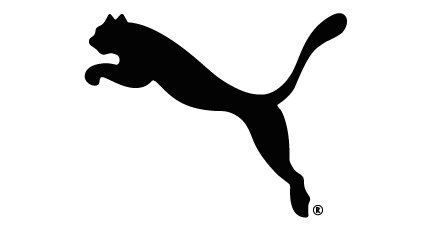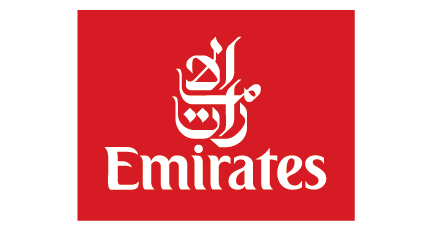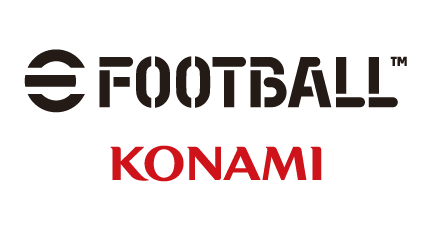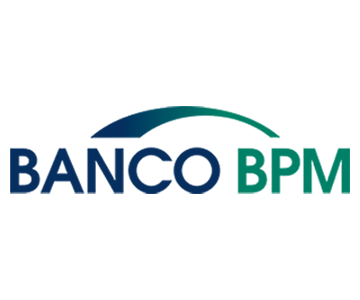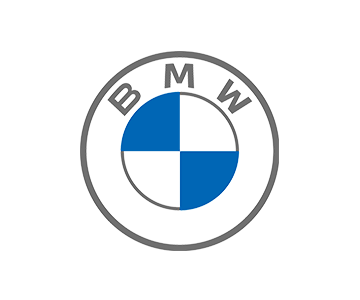


MANCHESTER 2003: THANKS TULLIO AND FRANCESCO
The workings of the transfer market that brought Pirlo and Seedorf to Milanello
Following on from the Champions League win in the 2002-3 season, the sixth in AC Milan's history, many things live long in the memory. The final minutes of the preliminary round game against Liberec, the goal against Lens and Gattuso's celebration by the corner flag with the fans, Inzaghi's hat-trick against Deportivo La Coruña and then the goals from Shevchenko. He struck against reigning champions Real Madrid, against Ajax, scored in the European derby against Inter and he hit the crucial penalty in Manchester.
In the popular consciousness, that European triumph is often associated with Andrea Pirlo and Clarence Seedorf joining Milan from Inter. However, the truth is that the side that won the only all-Italian Champions League final had been built over a long period of time. Costacurta's return from injury after the Liberec tie, the late signing of Rui Costa who had been on the verge of signing for Lazio and the emergence of Dida. Yet, in people's memories, Pirlo and Seedorf are the embodiment of that success. Two summer signings: Pirlo in June 2001 and Seedorf in June 2002.
The facts. Adriano Galliani and Ariedo Braida were travelling back from Turin after an important meeting with Juventus regarding the deal for Filippo Inzaghi. In the car with them was Inzaghi’s agent, Tullio Tinti. Tinti just so happened to also be Andrea's agent, and he seized the chance to push for his other client. The young player from Flero had just had a decent season with Reggina after being frozen out by Marcello Lippi's Inter and he had played well in ten games for Brescia before breaking the fifth metatarsal of his right foot. It was seen as a project in the making. He was still a boy on the peripheries of elite-level football but one with the potential to become a great. Milan were interested, but only if Inter were willing to accept a player swap deal.
Tinti did his job and Inter were open to a deal. In the summer of 2001, Pirlo was at Milanello but behind Demetrio Albertini in the pecking order. It was in the summer of 2002 that his career finally took off. The summer of 2002 was also time for Seedorf. Eighteen months earlier, in the dressing room at San Siro Inter director, Gabriele Oriali, whispered to Francesco Coco that he would join Inter sooner or later. But in June 2002, ahead of the Italy match against Croatia at the World Cup hosted by South Korean and Japan, Coco was expected to sign permanently for Barcelona following a very fruitful loan spell the previous season.
After the success of the Pirlo experiment, Milan decided to take another gamble, this time with Seedorf. Once again, an exchange deal was agreed. Adriano Galliani often confided to his friends: "Had Barcelona signed Coco, Clarence probably wouldn't have come to Milan and history would have taken a completely different course, we probably wouldn’t have won that final in Manchester." Football is like that, a series of moments when the smallest details can totally change how history plays out. For better or worse.
by Mauro Suma












